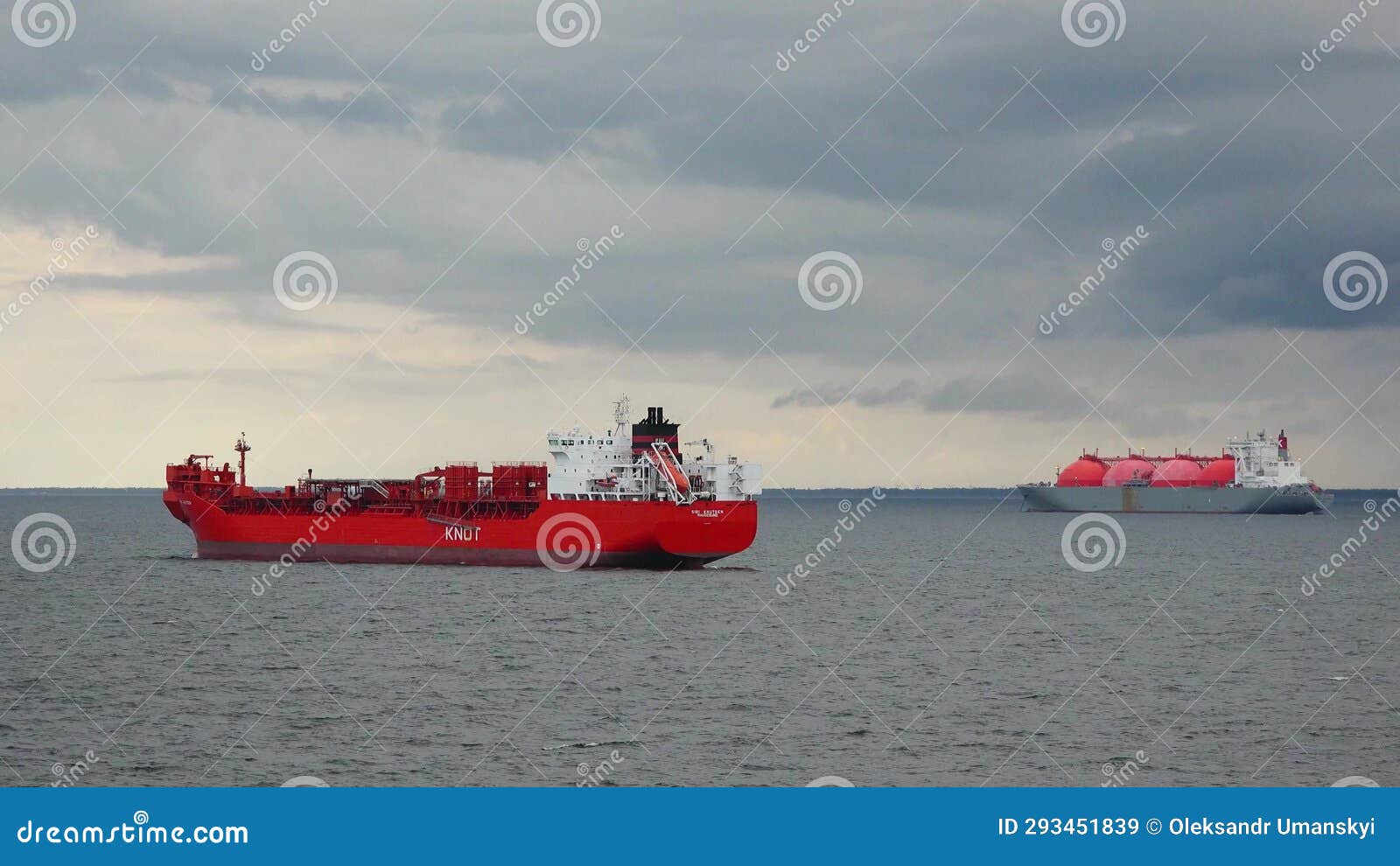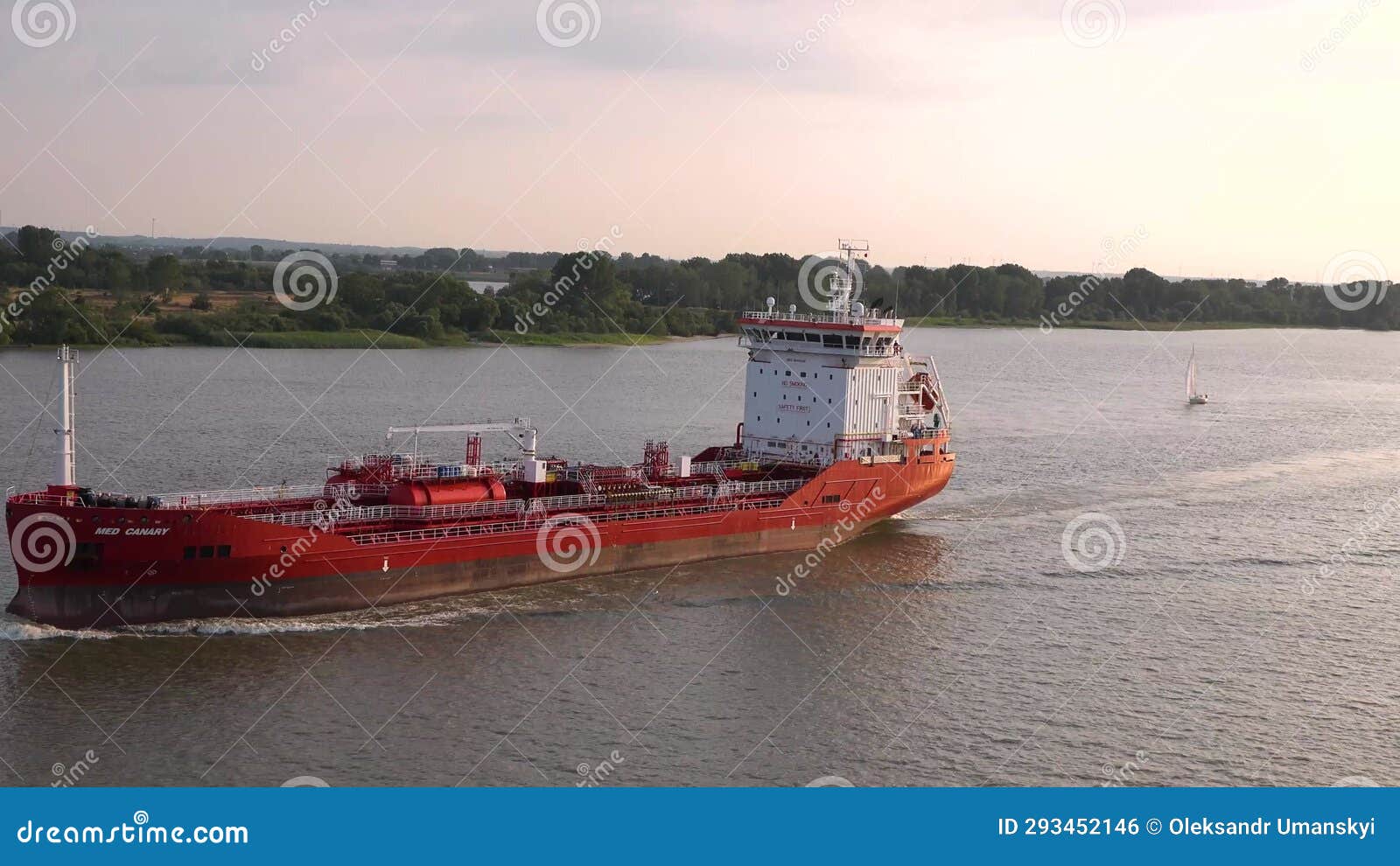North Sea Oil Spill: Expert Analysis Of Yorkshire Coast Tanker Crash And Cargo Vessel Collision
The North Sea has long been a vital source of oil for the UK's energy needs, with several oil platforms and rigs located in the area. However, with the increasing demand for fossil fuels and the growing concerns about climate change, the North Sea's oil reserves are becoming a contentious issue. In recent years, there have been several oil spills and accidents in the North Sea, including a recent tanker crash and cargo vessel collision off the Yorkshire coast. In this article, we will delve into the details of this incident, provide expert analysis, and explore the implications for the industry and the environment.
The North Sea is a highly dynamic and complex environment, with strong winds, high waves, and unpredictable weather patterns. These conditions can make it challenging for vessels to navigate safely, and the risk of accidents is always present. In recent years, there have been several high-profile incidents involving oil tankers and cargo vessels in the North Sea, including the 2019 Elminess spill, which released hundreds of tons of oil into the sea.
Causes of the Incident
Human Error and Vessel Design
Experts have pointed to human error and vessel design as contributing factors to the recent tanker crash and cargo vessel collision. The incident occurred when a tanker carrying crude oil collided with a cargo vessel, causing significant damage to both vessels and releasing a large quantity of oil into the sea.
Mechanical Failure of Safety Equipment
The investigation into the incident revealed that the safety equipment on board the tanker was not functioning properly, which contributed to the severity of the accident. The safety equipment, including life-saving appliances and fire protection systems, were found to be in a state of disrepair, highlighting the need for regular maintenance and inspection.
Insufficient Training and Crew Experience
Experts have also suggested that insufficient training and crew experience may have played a role in the incident. The crew on board the tanker were found to be under-trained and inexperienced in handling emergency situations, which may have contributed to the severity of the accident.
Environmental Impact
The environmental impact of the oil spill has been significant, with thousands of marine animals affected and potentially killed. The oil spill has also had a major impact on local marine life, with many species affected and potentially extirpated.
Fisheries and Marine Life Impacts
The oil spill has had a devastating impact on local fisheries and marine life. Many species of fish, including cod, haddock, and plaice, have been affected by the oil spill, with some species potentially extirpated.
Habitat Damage
The oil spill has also caused significant habitat damage, with many areas of seabed affected and potentially irreparable.
Clean-up and Recovery Efforts
Efforts to clean up and recover from the oil spill are ongoing, with experts working to mitigate the damage and restore marine life.
Groundwater Contamination
There is a risk of groundwater contamination, which could have significant implications for local ecosystems and human health.
Oil Dispersion and Recovery Techniques
Experts are using advanced oil dispersion and recovery techniques to clean up the spill, including the use of dispersants and booms.
Industry Implications
The incident has significant implications for the oil and gas industry, with experts highlighting the need for improved safety standards and regulation.
Industry Regulation and Standards
The incident has highlighted the need for improved regulation and standards in the oil and gas industry. Experts are calling for stronger safety regulations and more stringent industry standards to prevent similar incidents in the future.
Maritime Safety Regulations
There is a need for improved maritime safety regulations, including the requirement for safety equipment to be regularly inspected and maintained.
Vessel Design and Safety Features
Experts are calling for improved vessel design and safety features, including the use of double-bottom hulls and increased safety equipment.
Government Response
The government has responded to the incident by launching an investigation into the causes of the accident and the environmental impact.
Investigation and Response Efforts
The government is working closely with industry stakeholders and experts to investigate the causes of the accident and the environmental impact.
Clean-up and Recovery Efforts
The government is also providing funding and support for clean-up and recovery efforts, including the use of advanced oil dispersion and recovery techniques.
Regulatory Framework
The government is reviewing the regulatory framework to ensure that it is fit for purpose and can prevent similar incidents in the future.
Expert Analysis
Experts have been weighing in on the incident, with many calling for improved safety standards and regulation.
Expert Insights
Experts have highlighted the need for improved safety standards and regulation in the oil and gas industry.
Industry Experts Weigh In
Industry experts have emphasized the need for improved safety standards and regulation, including the requirement for regular inspections and maintenance of safety equipment.
Maritime Experts Share Insights
Maritime experts have shared insights into the causes of the accident and the environmental impact, highlighting the need for improved vessel design and safety features.
Conclusion
The recent tanker crash and cargo vessel collision off the Yorkshire coast has highlighted the risks and challenges associated with the oil and gas industry. Experts have emphasized the need for improved safety standards and regulation, including the requirement for regular inspections and maintenance of safety equipment and improved vessel design and safety features. The government has responded to the incident by launching an investigation and providing funding and support for clean-up and recovery efforts. As the industry moves forward, it is essential that safety standards and regulation are prioritized to prevent similar incidents in the future.
Recommendations for Future Incidents
Experts have highlighted several recommendations for future incidents, including the need for improved safety standards and regulation, improved vessel design and safety features, and enhanced training and crew experience.
Safety First
Safety should be the top priority for the oil and gas industry, with experts emphasizing
Jelly Beansrome
Raiders Owner
Yumieto Of
Article Recommendations
- Rebecca Pritchard Illness
- Tell Me Atory Kpkuang
- Who Is H L Ne Joy Partner
- Colin Allredecond Wife
- Marietemara Fans
- Kyla Pratt
- What Happened To Jessica Tarlov
- Money6xave Money
- Does Ari Melber Have A Wife
- Kordell Beckham



